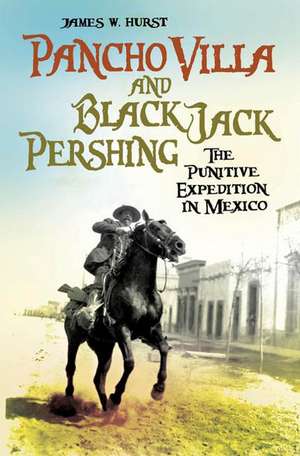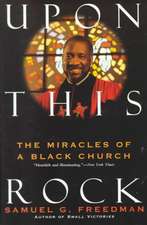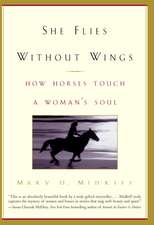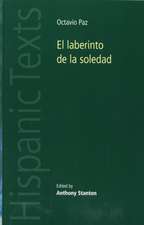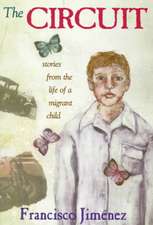Pancho Villa and Black Jack Pershing: The Punitive Expedition in Mexico
Autor James W. Hursten Limba Engleză Hardback – 29 dec 2007 – vârsta până la 17 ani
Preț: 287.64 lei
Preț vechi: 415.59 lei
-31% Nou
Puncte Express: 431
Preț estimativ în valută:
55.04€ • 58.86$ • 45.89£
55.04€ • 58.86$ • 45.89£
Carte tipărită la comandă
Livrare economică 17 aprilie-01 mai
Preluare comenzi: 021 569.72.76
Specificații
ISBN-13: 9780313350047
ISBN-10: 0313350043
Pagini: 216
Dimensiuni: 156 x 235 x 23 mm
Greutate: 0.5 kg
Editura: Bloomsbury Publishing
Colecția Praeger
Locul publicării:New York, United States
ISBN-10: 0313350043
Pagini: 216
Dimensiuni: 156 x 235 x 23 mm
Greutate: 0.5 kg
Editura: Bloomsbury Publishing
Colecția Praeger
Locul publicării:New York, United States
Notă biografică
James W. Hurst is Professor Emeritus, Joliet Junior College, Illinois. He is the author of The Villista Prisoners of 1916-17 (2000).
Recenzii
Emeritus Professor Hurst combines extensive archival research and sophisticated analysis of published sources in this revisionist treatment of the U.S. Punitive Expedition of 1916 into Mexico in pursuit of Pancho Villa. Hurst establishes an overlooked point: the objective of the expedition was no Villa's person but his forces. Succes was defined as breaking up Villa's band, and by that standard the U.S. Army emerged victorious despite embarrassing setbacks at Carrizal and Parral.
By researching army records in the National Archives, Hurst has written a most informative account of this absorbing subject.
Hurst's work is interestingly written and best suited for history buffs.
By researching army records in the National Archives, Hurst has written a most informative account of this absorbing subject.
Hurst's work is interestingly written and best suited for history buffs.
